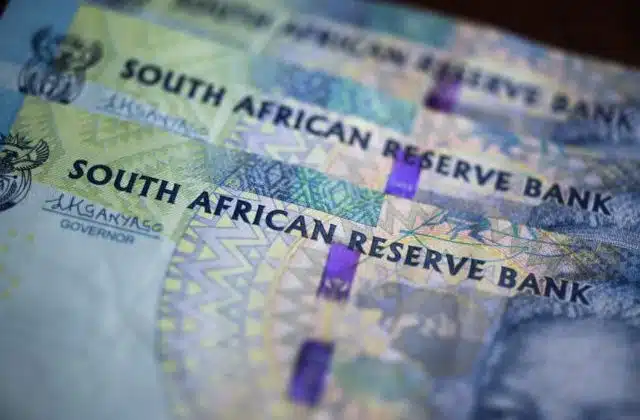
How much money government makes from traffic fines
Statistics South Africa has published its financial census of local municipalities for the year ending June 2020, providing a general breakdown of their financial health, along with wider insights into how self-efficient they may or may not be.
The stats body said that the country’s municipalities are becoming marginally more self-sufficient, with a greater portion of revenue coming from their own sources. However, this is not true across the board – and particularly not in rural areas.
“If we consider all 257 municipalities, 71% of total income in 2020 was self-generated. The remaining share (29%) was from government grants and subsidies, as well as from donations and contributions,” the group said.
“The figure of 71% might seem relatively high, but – as is often the case with data analysis – the devil is in the details.”
According to Stats SA, South Africa’s eight largest cities dominate the municipal financial landscape, accounting for almost 60% of total municipal income. These urban centres generate a large proportion of their own income, skewing the national picture.
In 2020, metropolitan councils self-generated 81% of their income, compared with 28% recorded by rural municipalities. The general picture, however, remains positive, Stats SA said.
Most municipalities have increased their share of self revenue generation since 2017, albeit marginally (71% in 2021, vs 70% in 2017). A deeper analysis of municipalities on a granular level is needed to better determine the financial health of each region, it said.
Where is the money coming from?
Breaking down municipal revenue sources, grants and subsidies from the national government still accounts for the largest portion of municipal revenue, though this is closely followed by electricity sales.
Property rates are the third-largest revenue source, followed by water sales, sewerage and sanitation charges and refuse removal. ‘Other’ revenue encompasses a wide variety of sources, including fines, licences and permits, public contributions and donations, etc.
In monetary terms, the total revenue collected by municipalities in 2020 was R421.4 billion. ‘Other’ revenue accounts for approximately R45.5 billion of this.
Aside from interest earned on investments and outstanding debtors, fines are one of the largest sources of ‘other’ revenue for municipalities. In 2020, municipalities pulled in R5.9 billion in fines – though this was down from R6.3 billion the year before (less R344 million).
Of the fine revenue, traffic fines make up the biggest portion – R4.6 billion in fines were paid in 2020, up from R4.34 billion the year before, representing 1.1% of total revenue.
Municipalities also made R185 million from issuing traffic-related licences and permits in 2020.
A provincial breakdown of the R5.9 billion in fine revenue collected in 2020 is as follows:
- Gauteng: R2.49 billion
- Western Cape: R2.1 billion
- KZN: R363.2 million
- Mpumalanga: R333.9 million
- Eastern Cape: R317.1 million
- Limpopo: R117.8 million
- North West: R97.5 million
- Northern Cape: R96.7 million
- Free State: R49.4 million






